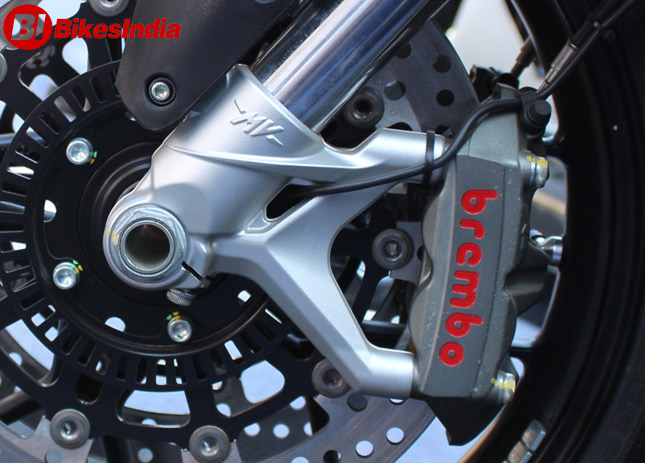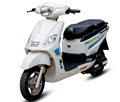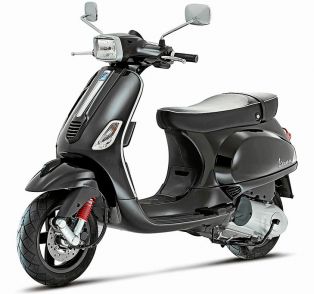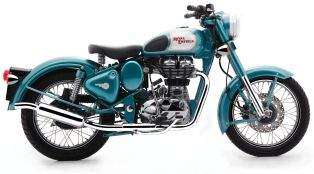 Brakes are very essential components used in every automobile be it a car or motorcycle or a truck. Various automobiles use various types of braking systems. The braking systems have evolved up to a great extent ensuring at most safety. The most common braking system used is called the hydraulic brakes. We all love to keep our brakes clean and sharp so that they help us during jeopardy. When we get our brake pads replaced, there is a small process called bleeding that has to be carried out, it is done in order to prevent the entry of air or removing the air bubbles into the hydraulic system.
Brakes are very essential components used in every automobile be it a car or motorcycle or a truck. Various automobiles use various types of braking systems. The braking systems have evolved up to a great extent ensuring at most safety. The most common braking system used is called the hydraulic brakes. We all love to keep our brakes clean and sharp so that they help us during jeopardy. When we get our brake pads replaced, there is a small process called bleeding that has to be carried out, it is done in order to prevent the entry of air or removing the air bubbles into the hydraulic system.What is Bleeding?
In hydraulic brakes care must be taken that not even small quantity of air enter into the braking system. The air being a compressible compound goes into the brake lining when it is pressed. The result is that fluid pressure is not transmitted to the brakes which, as a consequence is not actuated.
The procedure of driving air out of the braking system is called Bleeding. A special bleeding valve is provided for this purpose on the brake caliper. For the bleeding process the master cylinder is topped up fully with the brake fluid (DOT 3 or DOT 4 are most commonly used brake fluids) and a pipe is connected to the bleeding valve nipple. The other end of the pipe is dipped into a waste box or a jar. With the help of another person, pressing the brake lever the fluid is drained out by opening the bleeder valve with the help of a spanner.
RELATED ARTICLE: Why Disc Brakes Are Better Than Drum Brakes?
Few air bubbles will also come out of the pipe along with the brake fluid and escape into the atmosphere. The bleeder valve is now closed and the brake lever is released, and then pressed again after which more air bubbles will come out through the bleeder valve and escape into the atmosphere. This procedure is repeated until no more noticeable air-bubbles are noted with the lever set back to the piston and the bleeder valve is closed. The reservoir is then topped up again with fresh fluid. This is repeated if the motorcycle is equipped with rear disc brakes too.
RELATED ARTICLE: Why Holes Are Put On The Disc Brakes
After completing the bleeding process put the rubber nipple or the vacuum cap over the bleeding valve to protect the same from rusting and also preventing the dirt from entering into the system. If you do not have a helper to help you for opening and closing the bleeding valves, you may depend on the gravity to let the fluid to flow from the reservoir to the wheels, it will relatively take more time and you will have to monitor the fluid level in the reservoir making sure that you top it up regularly to prevent the level from going too low, otherwise the air would be sucked in and all the hard work done would go as a waste. For motorcycles equipped with ABS a separate system is required to carry out the bleeding process that we will address through separate article.
RELATED ARTICLE: Motorcycle Disc Brake Calipers Explained
Another useful tool that will help in bleeding process is called a speed bleeder. These bleeders have an internal one way check valve that allows the fluid to go out preventing the entry of air. Speed bleeders replace the factory bleeder screws and can be mounted easily.
Pros Of Hydraulic Brakes-
• The fluid exerts equal pressure everywhere.
• The system is simple in construction, due to absence of brake rods, joints, etc.
• Due to absence of joints, the wear level is very less.
• The system is mostly self lubricating.
Cons Of Hydraulic Brakes-
• Even a slight leakage of air into the braking system makes it useless.
• Leakage of the brake oil can damage the motorcycle, since it loves the paint and is commonly called a paint eater.
By: Rishath Suresh
• The fluid exerts equal pressure everywhere.
• The system is simple in construction, due to absence of brake rods, joints, etc.
• Due to absence of joints, the wear level is very less.
• The system is mostly self lubricating.
Cons Of Hydraulic Brakes-
• Even a slight leakage of air into the braking system makes it useless.
• Leakage of the brake oil can damage the motorcycle, since it loves the paint and is commonly called a paint eater.











